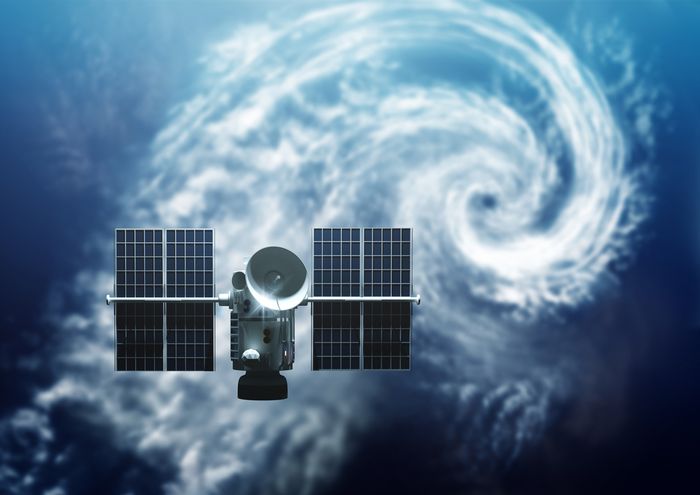What Is Weather Data?
Weather data plays a key role in influencing decisions made in various industries. Here are the types you should know about.
Published April 16, 2024.

Weather data plays an indispensable role across various facets of life and industries, influencing decisions made in agriculture, aviation, urban planning, and more. This critical information can help individuals prepare for the day ahead, businesses optimize operations, and governments ensure public safety during severe conditions. At its core, weather data encompasses a broad spectrum of meteorological elements, including temperature, precipitation, humidity, wind speed and direction, and atmospheric pressure.
The Fundamentals of Weather Data
At its core, weather data encompasses a broad spectrum of meteorological elements, including temperature, precipitation, humidity, wind speed and direction, and atmospheric pressure.
Weather data forms the backbone of our understanding of atmospheric conditions, capturing the dynamic state of the weather across various locations and times. It's gathered from an array of sources, including satellites and ground-based stations, to offer a comprehensive view of the environment.
Let's take a look at the key weather fields from a reputable weather API such as Tomorrow.io:
- Temperature: Measures the environment's warmth and affects comfort and ecological processes.
- Humidity: The moisture level in the air, which is crucial for determining perceived temperature and precipitation patterns.
- Precipitation: Includes any form of water—liquid rain or solid snow—falling from the sky, vital for water supply and agricultural planning.
- Wind speed and direction: Affects weather patterns and outdoor activities, which is essential for industries like aviation and marine navigation.
- Atmospheric pressure: Helps predict weather changes, with variations often indicating upcoming storms or clear weather.
» Learn more about the types of weather data from our weather API page
Advanced Weather Data Types
In addition to the basic weather fields, weather data encompasses more specialized information. These data types, derived from sophisticated radar and satellite technology, offer detailed analyses and forecasts:
- Air quality indexes: Gauges pollution levels in the air, informing public health advisories and individual health decisions.
- Pollen counts: Tracks the concentration of pollen in the air, key for those with allergies to manage their exposure and symptoms effectively.
- Severe weather alerts: Warn of extreme weather events like hurricanes, tornadoes, and floods, helping communities and individuals take timely action to protect lives and property.
- Radar and satellite imagery: Enables the observation of weather patterns and systems on a global scale, enhancing the accuracy of weather forecasts and climatic research.
» Here's how to fetch your weather API in JavaScript
The Future of Weather Data and Technology
Although we've covered the basics of weather data and explained what weather data is, we still don't know what the future holds for us. With weather artificial intelligence (AI) forecasting and machine learning (ML) rapidly evolving, we could see drastically improved accuracy of weather forecasting. AI's ability to analyze massive datasets could enable us to detect patterns and weather changes with previously unattainable accuracy.
Tomorrow.io understands the current pace at which technology is progressing, with AI weather forecasting being expected to further increase our understanding and prediction of atmospheric conditions. Our commitment to leveraging these technologies allows us to provide more accurate, detailed, and actionable weather insights, helping individuals and businesses make better-informed decisions about weather.